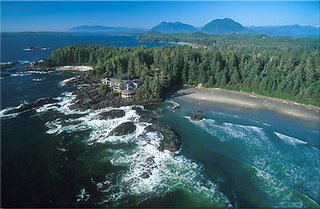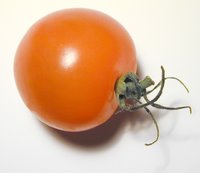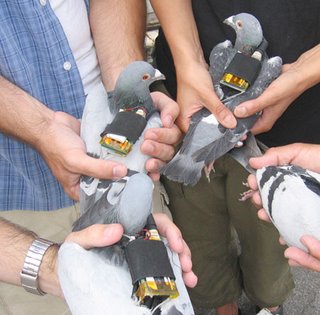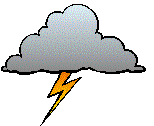Drought to Shut Down Canadian Rain Forest Resort
Honestly. Rain forest. Drought. Well, it turns out that it's not just one business being shut down, but a whole slew of them. The city council in Tofino has ordered all commercial businesses in Tofino to shut down and stop using municipal water supplies by this Friday.
Which the resorts are loving, of course, since this is happening just as the last long weekend of the summer (presumably a great time to rake in a little resort-town cash) arrives. NOT! Some of them have arranged to truck in tanker-loads of water. Others have closed - and considering the fabuloso weekend I just had, my heart goes out to this couple in particular.
Anyway, what's happened is that the reservoir is at an all-time low and there just hasn't been much rain. In this rainforest area. Oh yeah, and Tofino, which apparently has about 1700 permanent residents, swells to about 22000 people in the summer. I guess that would put a little pressure on the local water supply. Also - it's probably going to be one of the driest Augusts ever in the region.
So, shall we get back to the climate change argument? Or to the topic of the massive ecological footprint the average North American has? Alternately, we could discuss human attitudes and perceptions towards nature and try to understand why acceptance of our right to dominate and control seems so pervasive. So hard to choose.




